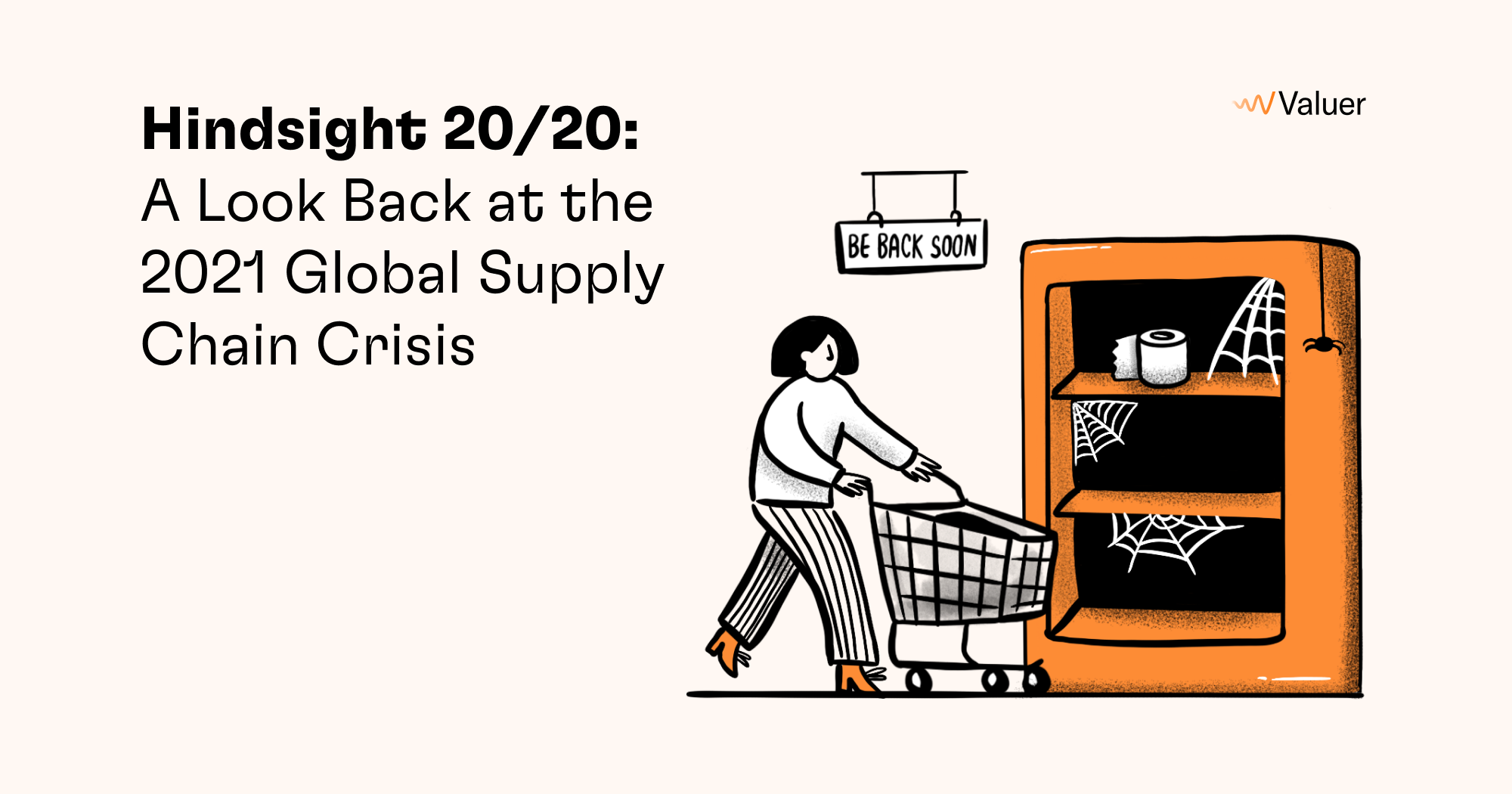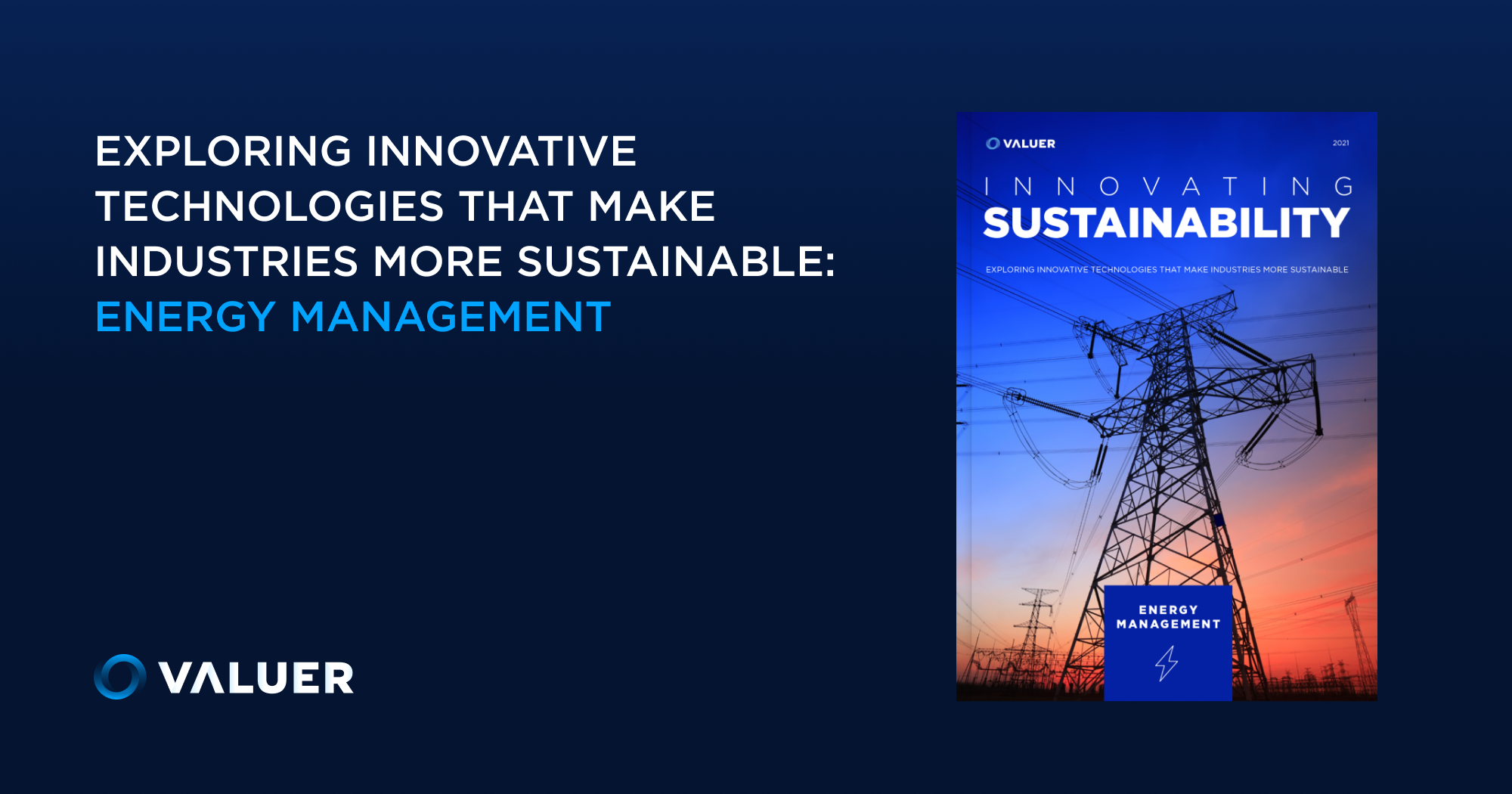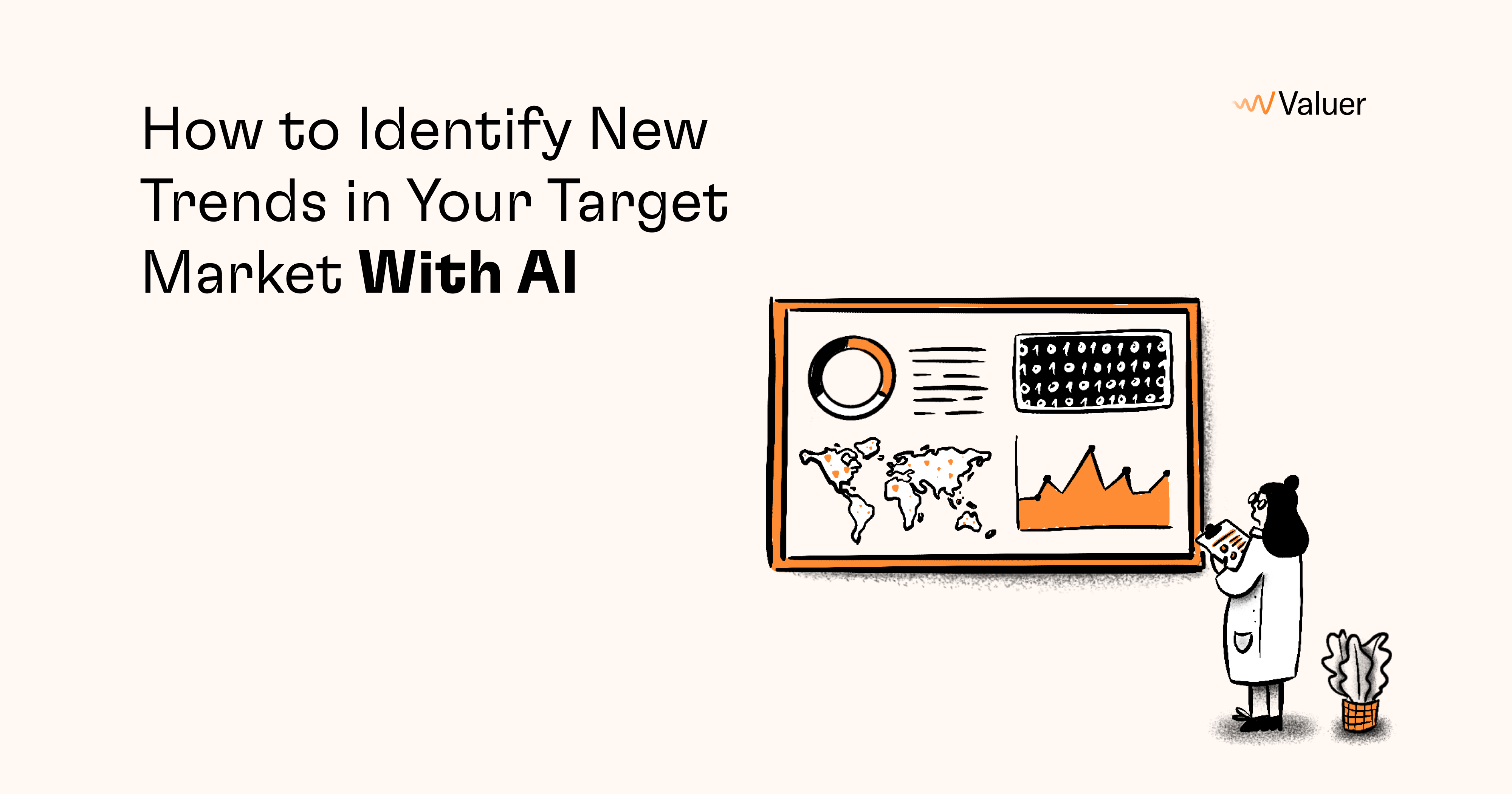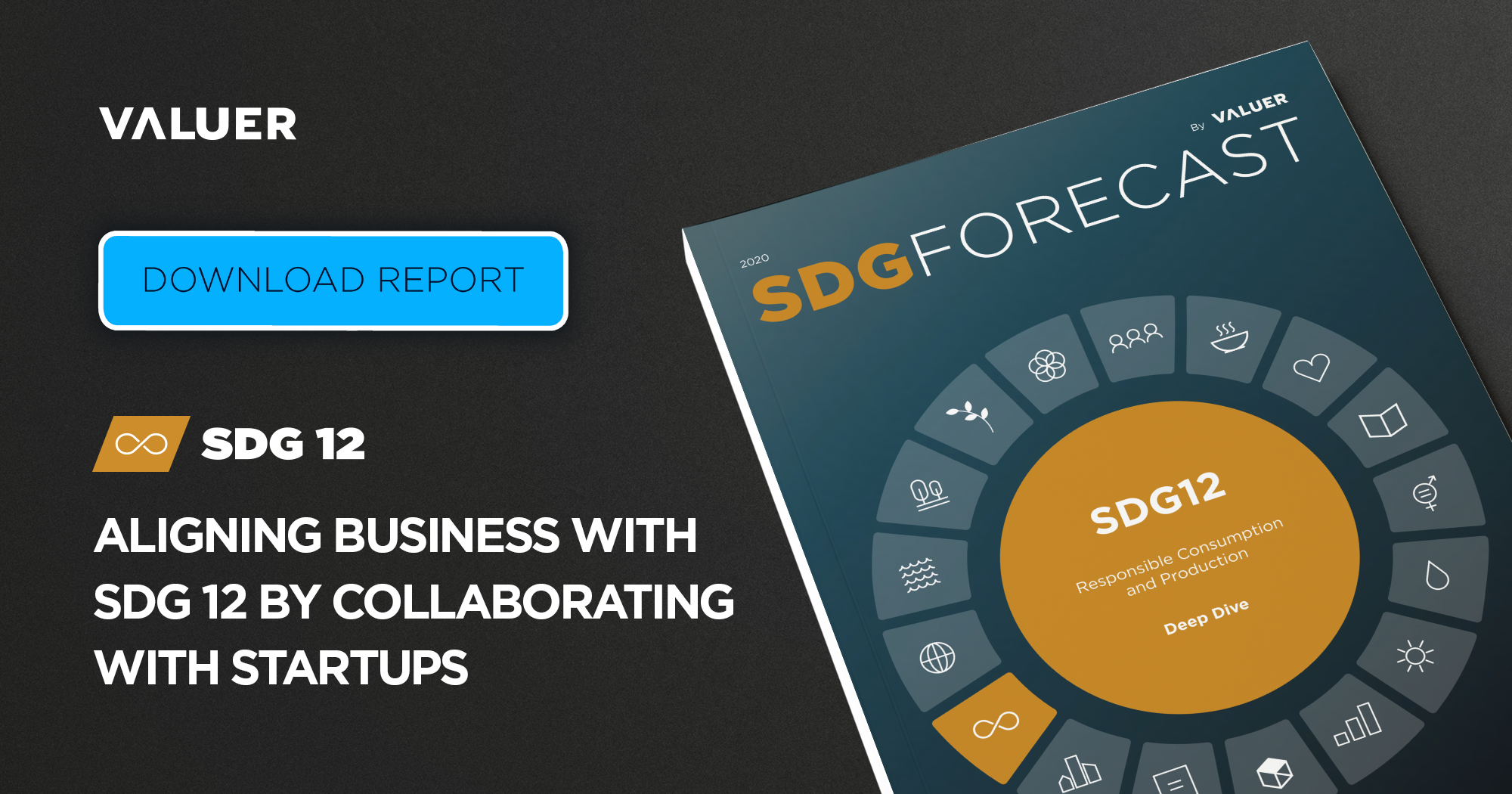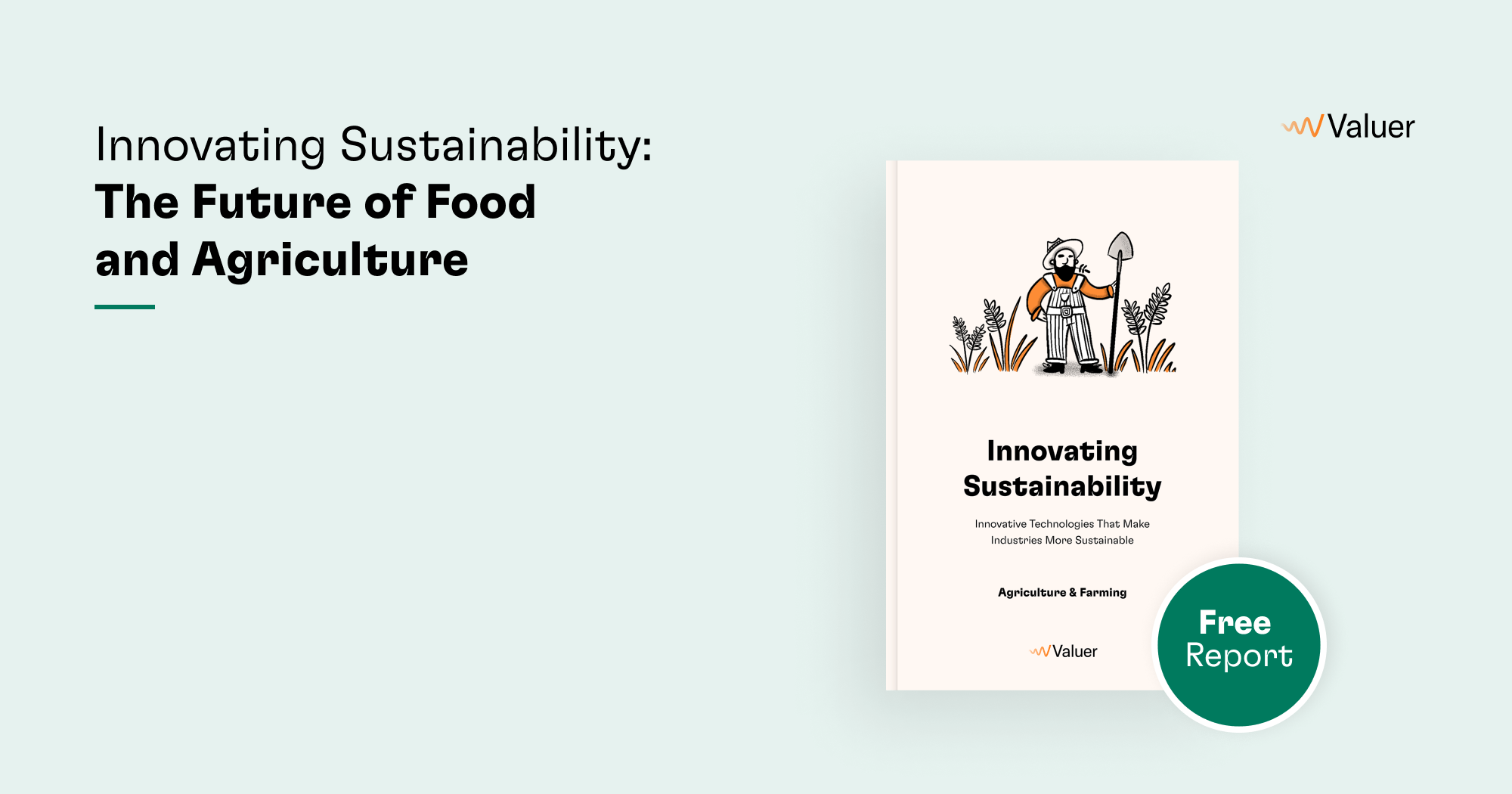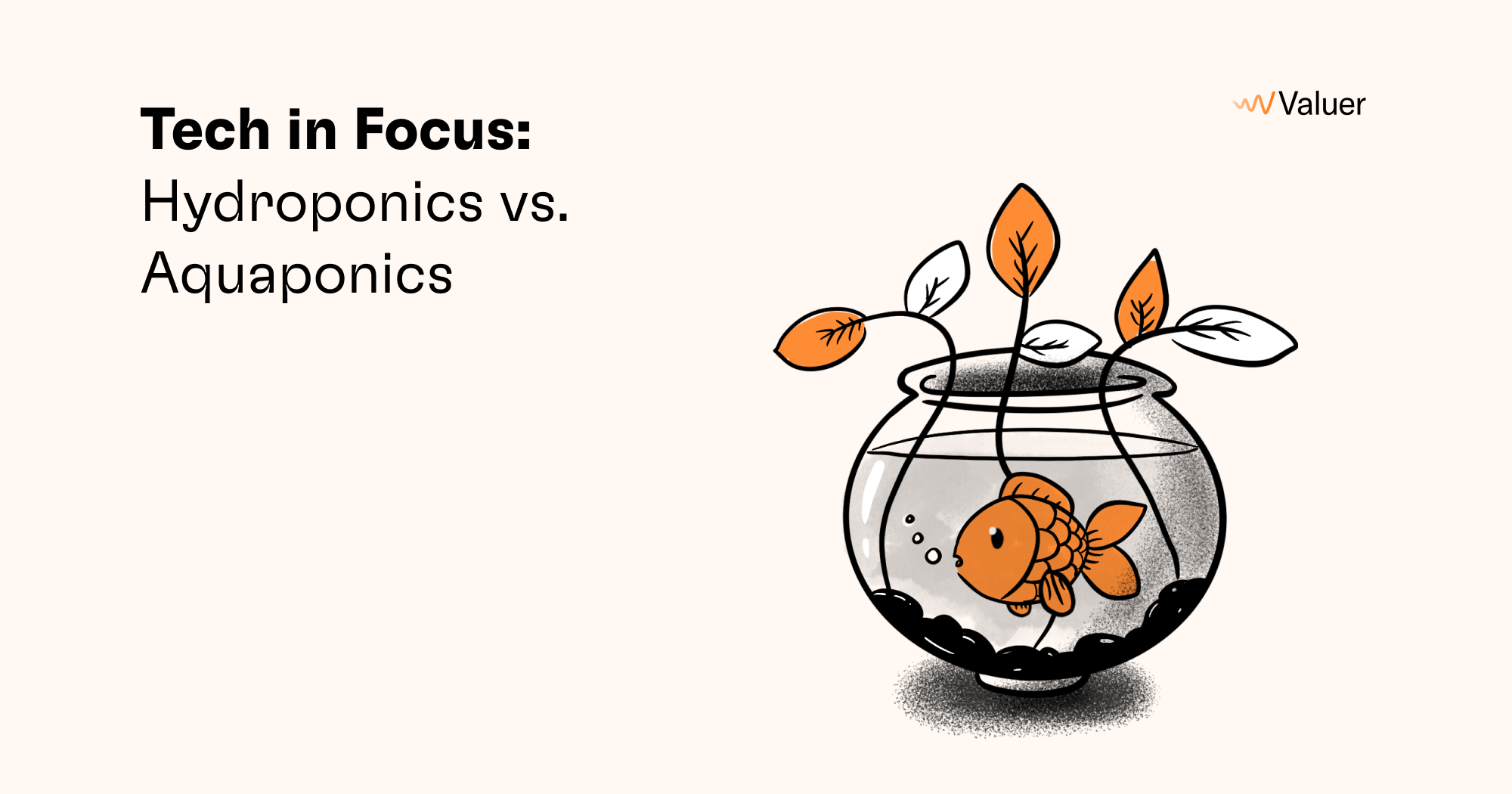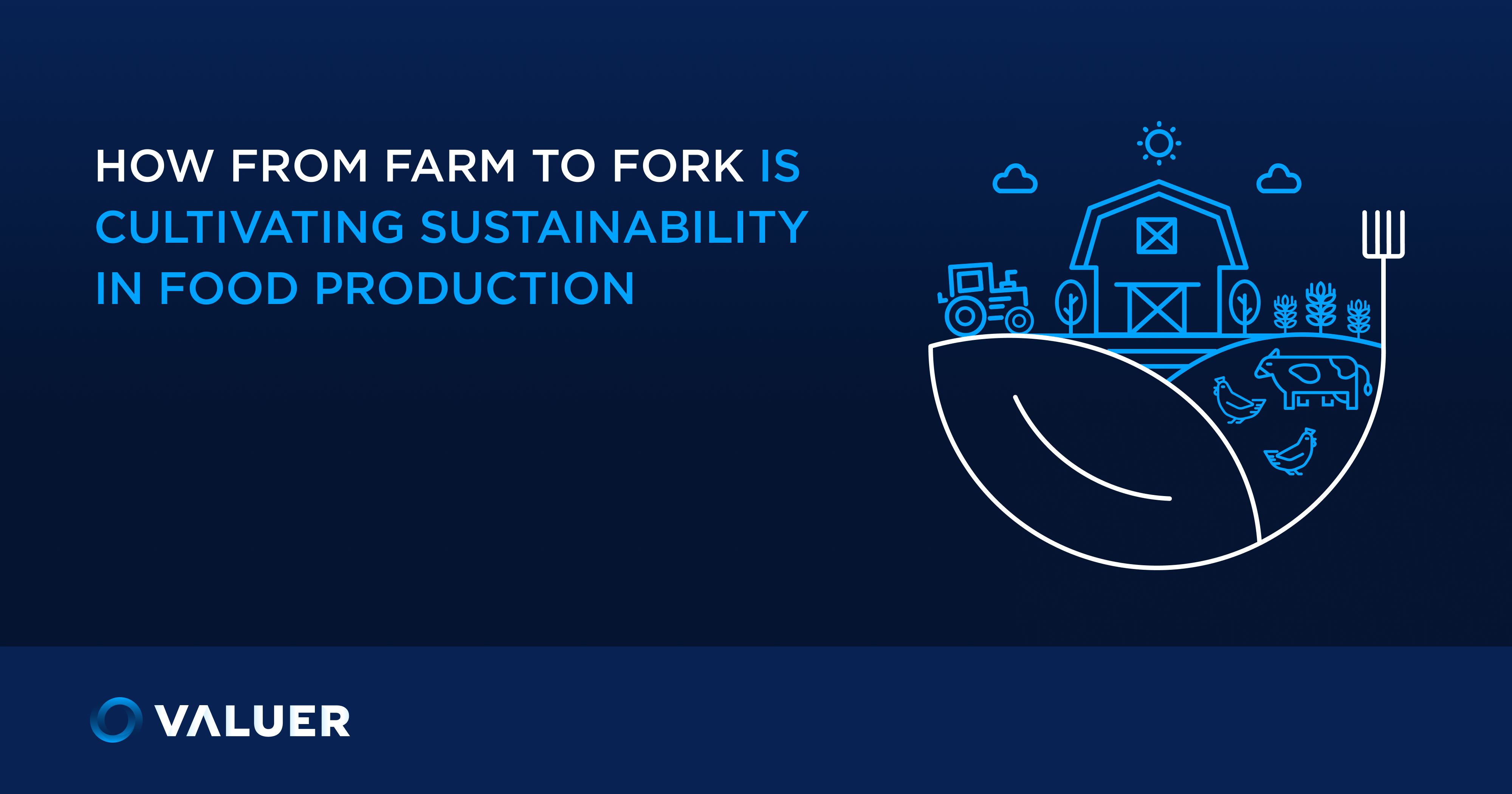Supply chain management is challenging. There are a lot of moving parts - both human and machine - which means that there’s plenty of space for something to go awry. For instance, a single break in the chain could mean that you need to find alternative suppliers last minute. In any case, supply chain management requires constant vigilance, backup options, innovative software solutions staying on top of trends, and overall making sure that everything runs smoothly.
[Related article - The Future of Global Supply Chain Management: 2022 & Beyond]
This is a lot of work, which is why supply chain management and logistics require a little outside help. A great way to mitigate potential supply chain issues while optimizing operations - and that famous bottom line - is to find some trusty, efficient supply chain partners in data tech. Such companies could help logistics professionals stay on top of day-to-day operations, get better transparency in delivery, identify ways they can improve their supply chain strategy, and more.
So, the benefits of data tech supply chain partnerships extend beyond fixing issues and enter the realm of optimization. Let’s take a look at how you can leverage the power of a few top-notch data technologies through supply chain partnerships. We’ll also show you a few companies we found in each category using the tools on our platform.
Predictive analytics for supply chain optimization
Predictive analytics is a pretty big thing in all data sectors. Predictive analytics takes historical data and applies ML, data mining, and statistical modeling to make predictions about the future based on the past. So what’s the role of predictive analytics in supply chain optimization?
What is supply chain predictive analytics?
Supply chain predictive analytics allow us to forecast future trends that could shape the way we move products and services through the funnel. Various supply chain metrics can be optimized using past supply chain data and finding an analytics model that will yield actionable insights. For instance, a supply chain strategy and design could be shaped based on what a successful analytics model reveals.
In many cases, analytics in supply chain management can help businesses bolster supply chain efficiency by unearthing likely outcomes of certain practices and trends. When companies begin to use predictive analytics in supply chain modeling, they usually start by applying a mathematical model relating to a certain trend that they want to explore. The model is tested and applied to past data to check whether it’s capable of arriving at reliable conclusions and forecasts. Once it’s ready, the model is applied to current data to arrive at reliable forecasts about the future. For high-quality supply chain analytics, companies need to feed the software with high-quality data.
How can supply chain predictive analytics help your business?
Some common benefits and uses of incorporating predictive analytics into your supply chain management workflows include:
- Creating a reliable supply chain design
- Creating a comprehensive strategy and master plan regarding objectives
- Supply chain solutions to past problems
- Improving sourcing of supplies
- Revisit policies
- Risk management and mitigation strategies
- Optimization of transport and inventory, etc.
Datafication has “gifted” us an ocean of information that grows bigger by the day, but without analytics models, it’s all meaningless. That’s why predictive analytics in supply chain management is crucial to optimize operations, efficiency, and eventually - profit. And on top of predictive analytics, you can also apply prescriptive analytics to pose “what-if” queries, prototype scenarios, and see what the likely outcomes of certain changes could be.
Find supply chain partners in predictive analytics
Supply chain partnerships with predictive analytics firms can help you to apply tried-and-true methods of sifting through data and receiving actionable solutions. What’s more, collaboration with a company specializing in predictive analytics will make the integration process simpler, easier, and smoother for you.
Here are several supply chain data analytics firms we discovered using our platform:
If you like any of these potential supply chain partners, you can always click on “See look-alikes” on any company profile to see more similar firms.
Cold chain management
A cold chain requires immense care, attention, and reliability to ensure that processes such as temp-controlled transportation, production, and storage are enacted flawlessly - or as close to flawless as possible - so that the final product reaches the user intact. This is because refrigeration at specific temperatures is crucial for many products that fall in the “cool cargo” category, including food items, photographic film, chemicals, vaccines, and other types of pharmaceuticals.

Needless to say, when the survival of a product demands such a careful process, supply chain issues must be minimized.
What is cold chain management?
Cold chain management is the part of the supply chain that focuses on the conditions in which a product is made, stored, and transported. The purpose of cold chain logistics is to ensure that the product reaches the end consumer without any loss in quality or performance. Beyond controlling the temperature of the product, cold chain management also focuses on maintaining the right air quality in relation to humidity, CO2, and oxygen levels.
To give a real-life example, let’s take a look at how UNICEF distributes vaccines to children living in countries with limited infrastructure. First, they are transported via air as refrigerated cargo. When they land, they’re stored in cold rooms. The next step is delivering them to storage facilities, to which they travel via temp-controlled transportation. Finally, when it’s time to distribute the vaccines to villages, healthcare workers carry them in cold boxes, which are transported by foot, bicycle, car, camel, donkey, motorcycle, you name it, to reach children with viable vaccines.
As you can see, carefully managed cold chain transport is a crucial component of the cold supply chain.
How can high-quality cold chain logistics help your business?
Successful cold chain management can ensure that:
- Your products retain their quality, safety, and usability. Beyond cold chain transportation, these supply chain solutions include methods such as temperature tracking, thermal packaging, etc., to ensure that the products don’t become undesirable or, worse, unsafe.
- You can improve supply chain efficiency and decrease loss. One of the main supply chain challenges is decreasing waste. With successful cold chain management, you can ensure that fewer products end up as waste. What’s more, as modern cold chain logistics use tech like IoT to remotely monitor or adjust conditions and data analytics to optimize strategies, you can improve the efficiency of your overall operation.
- Keep your customers happy. This one’s a bit obvious, but important enough to be repeated regardless. When goods arrive on time and unscathed, customers are happy. Poor cold chain management can result in losing small or large portions of your market.
- Comply with regulations. This one is a no-brainer: good cold chain management allows you to comply with regulatory standards set by local and global authorities.
Cold chain management companies
Proactive MRO for supply chain optimization
You can avoid a lot of supply chain challenges and optimize its efficiency by being proactive in the MRO of your day-to-day processes. We keep talking about ways to make the supply chain better - smoother - more profitable - for the future, but we can have none of that if we drop the ball on how things are working today.
What does MRO stand for in supply chain logistics?
MRO is an acronym for maintenance, repairs, and operations, and it refers to activities that “keep a company running on a day-to-day basis,” to put it plainly. These are the foundations of any organization, so without sufficient focus on MRO, a business runs the risk of empty promises and facing supply chain issues that could have been easily prevented.
As it’s a pretty broad category, MRO inventory includes spare parts, tools - both industrial and software - and consumables. Therefore, it can refer to repair tools, safety equipment, chemicals, cleaning supplies, lubricants, office equipment, a toolbox worth of screws and screwdrivers, software like IoT, other types of automation in manufacturing, etc. Essentially, what’s in a certain MRO inventory depends on the type of business.
Why is proactive MRO important for supply chain optimization?
Without sufficient dedication to MRO, supply chain issues will multiply. Neglecting MRO can mean unexpected equipment downtime, lack of backup parts, high transportation costs, other increased costs due to last-minute changes and problems, annoyed customers, and finally, unhappy shareholders.
And there’s no reason to let this happen. Today, we have many tools like IoT sensors, cobots, and data analytics that we can rely on to make operations as smooth as possible. A lot of problems can be anticipated to prevent any hold-up. For instance, predictive maintenance is one technology that supply chain experts use for better MRO. Predictive maintenance uses sensors to monitor the workings of various devices and forecast when they would need maintenance. This helps prevent equipment failure, which could cause delays in later parts of the supply chain.
Even if your business doesn’t deal with something as complex as a manufacturing plant, it likely uses transportation in some part of the supply chain. MRO is an important part of this, too - if a truck breaks down, you have a late delivery; if the mobile refrigerators aren’t maintained, your cold chain products can go bad in transportation. Any way you look at it, there’s a lot at stake.
Find your MRO supply chain partner
There are lots of firms that help companies tackle MRO supply chain challenges depending on the industry and needs of a business. Here are some that could prove to be worthy supply chain partners:
Real-time tracking systems
Supply chain efficiency could easily depend on åknowing where your products are at a given time. There should be no blind spots in the life of a product until the moment it reaches the customer. Since IoT began to dominate the scene of supply chain strategy development and optimization, supply chain tracking became not just possible - but also recommended. Thanks to the use of IoT sensors and data, supply chain experts have access to detailed data on the location of a product at a given point in time.
![]()
What are real-time tracking systems?
Real-time tracking systems in supply chain management refer to tracking technology that allows users to do just that - track and trace a product in real-time. They can also refer to historical data and find out where a product had been at a given time. Tracking can occur at any point in the supply chain, like on the production line, even, but tracking technology is most often used during the transportation of the goods or holding containers.
IoT technology collects data and updates a server which managers can use for better supply chain transparency. What’s more, real-time logistics can also provide information about important events along a product’s journey, such as pickup, delivery, shipment unloading, or unplanned stops or delays.
Supply chain tracking isn’t only useful for you - it’s also useful to the customer. For today’s hyper-conscious consumers, it’s not enough to know that a product has been shipped. They want to know where it is now. Some retail websites provide customers with a number that allows them to track where their product is at a given time - like what airport it has reached, is it already at customs, etc.
How can supply chain tracking technology help your business?
A comprehensive logistics tracking system can help any business improve operations thanks to the increased transparency that this technology offers. Some benefits of supply chain tracking include:
- Identify and fix bottlenecks in the supply chain
- Better handoff and more accurate schedules
- Reduce the waste of product and loss of customers
- Receive accurate reports
- Reduce theft
- Improve punctuality
- Make your customer happier
- Overall improve your supply chain efficiency
Clearly, supply chain tracking has a lot going for it. So let’s see what supply chain partnerships can help you tap into the power of real-time tracking systems.
Find supply chain partners for real-time logistics
There’s no shortage of supply chain partnerships on the horizon when it comes to tracking technology. Here are some companies that harness the power of IoT for better supply chain transparency:
Valuer can help you find your next supply chain partner
Collaborating with the right firm can help you leverage the best aspects of a particular technology to streamline workflows, automate operations, and simply be able to take a break without worrying that something will go wrong.

Time constraints are a bane when it comes to spotting high-quality solutions to supply chain challenges. Our website’s features allow you to search for companies based on technology, industry, company description, patent description, or look-alike startups. And at the same time, our research team is always available to prepare bespoke reports on any technology, industry, cluster, target, or company.
Our massive database paired with these tools and a resourceful research team can help you find partners quickly and easily. It’s free to give it a try, and you may just find your next supply chain partner.
.png?width=103&height=103&name=Untitled_Artwork%20725%20(2).png)



